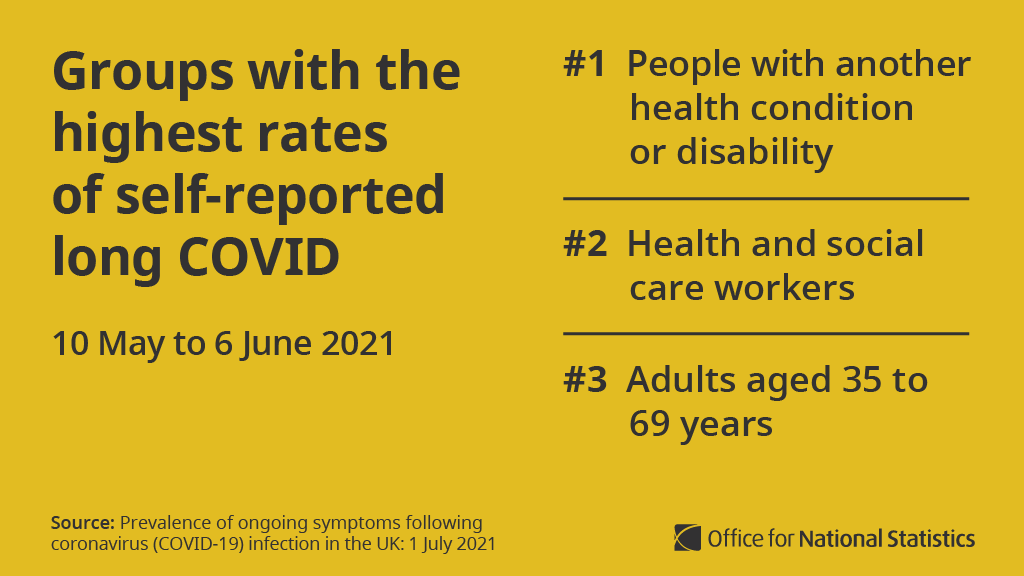
Provisionally, 8,690 deaths were registered in England and Wales in the week ending 25 June 2021 (Week 25). This was
▪ 769 fewer than Week 24
▪️ 714 fewer than the five-year average for Week 25
➡️ ow.ly/YuuG50FpydX
▪ 769 fewer than Week 24
▪️ 714 fewer than the five-year average for Week 25
➡️ ow.ly/YuuG50FpydX

1.1% of all deaths registered in Week 25 mentioned #COVID19 on the death certificate (99 out of 8,690 deaths).
This was 3 fewer than the previous week ow.ly/1K2650Fpyhe
This was 3 fewer than the previous week ow.ly/1K2650Fpyhe

97,136 deaths registered involving #COVID19 to date (2020 and up to Week 25 2021) occurred in hospitals. The remainder mainly occurred in
▪️ care homes (32,238)
▪️ private homes (8,060)
▪️ hospices (2,093)
➡️ ow.ly/eG5T50FpykD
▪️ care homes (32,238)
▪️ private homes (8,060)
▪️ hospices (2,093)
➡️ ow.ly/eG5T50FpykD

The number of deaths involving #COVID19 in Week 25 remained similar to the previous week in all English regions and Wales ow.ly/1fx050Fpyp4
In England, 132,691 deaths occurring from 2 March 2020 to 25 June (registered to 3 July) involved #COVID19.
@PHE_uk reported 112,678 #COVID19 death occurrences in this time (notified by 3 July, where death occurred within 28 days of a positive test) ow.ly/i4zJ50FpypW
@PHE_uk reported 112,678 #COVID19 death occurrences in this time (notified by 3 July, where death occurred within 28 days of a positive test) ow.ly/i4zJ50FpypW
@PHE_uk In Wales, 7,900 deaths that occurred up to 25 June 2021 (registered up to 3 July) involved #COVID19.
@PublicHealthW reported 5,575 #COVID19 death occurrences in this time, where the death occurred within 28 days of testing ow.ly/TJLF50Fpyx6
@PublicHealthW reported 5,575 #COVID19 death occurrences in this time, where the death occurred within 28 days of testing ow.ly/TJLF50Fpyx6
ONS figures are based on deaths registered up to 3 July June 2021 (and may rise as more deaths are registered).
@PHE_uk report on date of notification and death reported up to 5pm the day before ow.ly/TJLF50Fpyx6
@PHE_uk report on date of notification and death reported up to 5pm the day before ow.ly/TJLF50Fpyx6
• • •
Missing some Tweet in this thread? You can try to
force a refresh
















